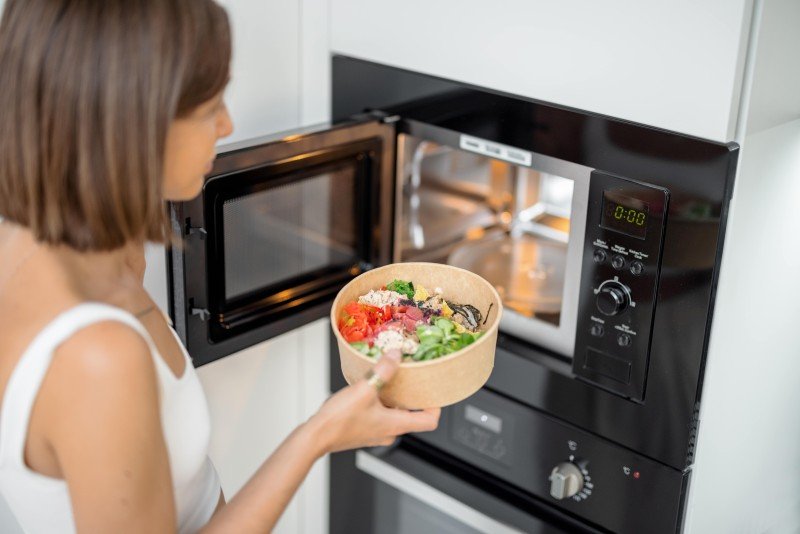The Ultimate Guide To Oven Hob
Understanding Oven Hobs: The Heart of Culinary Crafting
In the realm of modern kitchens, the oven hob stands out as an indispensable device. Not only is it a main element for preparing a variety of meals, however it also influences kitchen looks, functionality, and performance. This short article dives into the types of oven hobs, their features, advantages, and maintenance tips. In addition, it addresses some frequently asked concerns to provide a thorough understanding of this necessary kitchen appliance.
Types of Oven Hobs
Oven hobs can be classified into several types based on their energy source and design. Understanding these variations can help consumers make informed choices when selecting the ideal hob for their kitchen needs.
1. Gas Hobs
Gas hobs use gas or propane as fuel, providing precise temperature control and instantaneous heat. They are favored by lots of chefs for their ability to supply visual feedback through flame.
Pros:
- Quick heat-up time.
- Accurate temperature adjustments.
- Compatible with all types of pots and pans.
Cons:
- Requires a continuous gas supply.
- Safety issues with open flames.
- Requires more maintenance.
2. Electric Hobs
Electric hobs are powered by electrical power and feature smooth glass or ceramic surface areas. They often are available in 2 types: coil and strong.
Pros:
- Sleek look.
- No open flames, minimizing safety risks.
- Easy to clean up.
Cons:
- Slower to warm up and cool off.
- May need specific cookware (induction).
- Some might have irregular heat circulation.
3. Induction Hobs
Induction hobs utilize electro-magnetic energy to directly heat pots and pans. They just deal with ferromagnetic cookware.
Pros:
- Very energy-efficient.
- Quick cooling and heating times.
- Safe, as the surface remains fairly cool.
Cons:
- Limited to specific kinds of cookware.
- Greater preliminary expense.
- Can produce sound when in use.
4. Strong Plate Hobs
These electric hobs feature solid metal plates that warm up and keep heat for cooking.
Pros:
- Durable and reputable.
- Simple operation.
Cons:
- Takes time to warm up.
- Less effective than induction and gas designs.
Hob Type
Heat Source
Aesthetics
Maintenance
Gas Hobs
Gas
Standard
Moderate
Electric Hobs
Electricity
Modern/Sleek
Low
Induction Hobs
Electro-magnetic
Contemporary
Low
Solid Plate Hobs
Electricity
Traditional
Average
Features to Consider When Choosing an Oven Hob
When picking the ideal oven hob for your kitchen, there are numerous vital features to take into account. These include:
- Size: Ensure the hob fits the designated space in your kitchen.
- Number of Burners: Consider your cooking style and the number of burners you'll require.
- Control Type: Look for easy to use controls, whether touch-sensitive or knobs.
- Safety Features: Many modern hobs consist of precaution like flame failure gadgets or child locks.
- Energy Efficiency: Choose energy-efficient models to minimize energy expenses and lower your environmental impact.
Benefits of Using an Oven Hob
The oven hob offers numerous advantages that cater to both amateur cooks and expert chefs. Here are some essential benefits:
- Versatility: Whether boiling, frying, simmering, or sautéing, an oven hob accommodates various cooking methods.
- Convenience: Many hobs included additional functions like timers and automated shut-off systems for added benefit in hectic kitchens.
- Enhanced Cooking Control: The immediate heat actions of gas and induction hobs enable for much better control over cooking temperatures.
- Design Enhancement: Modern hobs can boost the general visual of a kitchen, including a contemporary touch.
Upkeep Tips for an Oven Hob
To ensure the longevity and efficiency of an oven hob, appropriate upkeep is crucial. Here are some maintenance suggestions:
Regular Cleaning:
- Use a soft cloth and mild detergent to tidy surfaces after each use.
- For induction and ceramic hobs, avoid abrasive cleaners to avoid scratching.
Check for Wear and Tear:
- Inspect rubber seals and connections in gas hobs frequently for any damages or leaks.
- Guarantee electrical connections are protected in electric hobs.
Expert Servicing:
- Schedule routine maintenance contact a certified specialist to prevent significant concerns.
The oven hob is an important component in any kitchen, serving as a focal point for cooking endeavors. Whether picking gas, electric, or induction, comprehending the various types, features, and maintenance requirements is important for making a knowledgeable choice. A well-chosen hob not only improves cooking effectiveness but also enhances the total kitchen experience.
Regularly Asked Questions (FAQs)
1. What kind of hob is best for a newbie?
Electric hobs are typically preferred by newbies due to their ease of use and maintenance.
2. Can I use all pots and pans on an induction hob?
No, induction hobs require ferromagnetic pots and pans for them to work correctly.
3. How do I understand if my gas hob is working efficiently?
Regularly look for even flame distribution and listen for any hissing sounds that may show leaks. If in doubt, consult an expert.
4. Is a greater rate constantly better for hobs?
Not always. While higher-priced designs may use sophisticated features, several mid-range products offer excellent performance and longevity.
5. Can related internet page install a hob myself?
It is a good idea to hire a professional, especially for gas hobs, due to safety issues and regional policies.
By comprehending the subtleties of oven hobs, home cooks can make a well-informed choice that aligns with their culinary aspirations and kitchen styles. Choosing the best hob enhances both the cooking experience and kitchen aesthetic appeals, making it an essential investment for any home.
